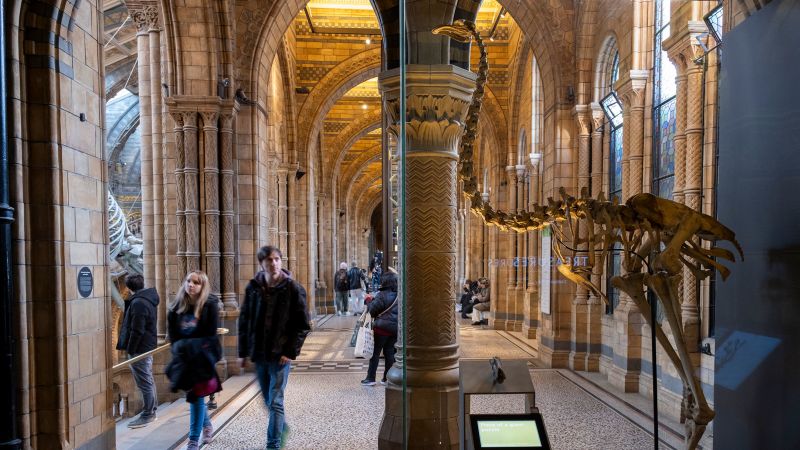In a groundbreaking move that intertwines biotechnology with conservation efforts, a Texas-based startup, Colossal Biosciences, has initiated a project aimed at bringing back the South Island giant moa, a colossal bird that vanished from New Zealand approximately 600 years ago shortly after human settlers began to inhabit the area. The giant moa, characterized by its impressive height of about 10 feet (3 meters) and a formidable demeanor, is now part of a growing catalog of extinct species that the company aims to resurrect. This ambitious project follows Colossal’s previous controversial attempt at de-extincting the dire wolf, a predator that roamed the earth 10,000 years ago.
Colossal Biosciences has made headlines in the past, especially when it announced the successful birth of what it termed as three dire wolf pups in April. This achievement relied on ancient DNA, cloning, and gene editing techniques to modify the genetic structure of gray wolves. The company’s approach to “de-extinction,” which encompasses the revival of species such as the woolly mammoth and the thylacine, invites both excitement and skepticism from the scientific community and the public alike.
In collaboration with the Ngāi Tahu Research Centre at the University of Canterbury, Colossal’s endeavor will begin with recovering ancient DNA from nine different moa species to decipher the unique genetic makeup of the giant moa (Dinornis robustus). Ben Lamm, the CEO of Colossal, emphasizes the potential knowledge that can be derived from studying the moa’s genome, stating that understanding this bird could greatly inform conservation strategies and elucidate the impacts of climate change and human activities on biodiversity.
The biotech firm, which has attracted significant financial backing totaling at least $435 million since its founding in 2021 by Lamm and Harvard geneticist George Church, is poised to invest substantially in New Zealand. Among its noteworthy investors is Peter Jackson, famous for directing “The Lord of the Rings,” who reportedly possesses one of the largest private collections of moa bones. This substantial investment signals a robust commitment to the project and to New Zealand’s ecological restoration efforts.
The extinction of the moa is attributed mainly to overhunting and habitat changes following the arrival of Polynesian settlers, as highlighted by Scott MacDougall-Shackleton, cofounder of the Advanced Facility for Avian Research at Western University. With ample bones, eggshell fragments, and feathers available for research, the possibility of understanding the dynamics of their extinction appears more promising. However, MacDougall-Shackleton urges caution, stating that while reviving extinct species is intellectually stimulating, it should not overshadow the immediate conservation needs of various endangered species across regions like New Zealand and Hawaii.
As part of its broader aim, Colossal has committed to integrating ecological restoration projects in New Zealand that focus on rehabilitating habitats suitable for the moa and supporting existing native species. Nevertheless, critics argue that the revival of extinct species risks trivializing the urgent need for conservation of currently existing species. They suggest that any attempt at resurrection would yield genetically modified hybrids, rather than true replicas of the original species.
Despite the criticisms, Lamm contends that the biotechnological advancements made through the de-extinction of species will aid efforts to save threatened animals. He cites the successful cloning of red wolves as a testament to the utility of their research. Additionally, acknowledged scientist Scott Edwards from Harvard lends support to the project, recognizing the significant challenges posed by the concept of resurrecting a bird species due to its unique reproductive process.
Edwards acknowledges the ethical dilemma associated with resurrecting extinct species and reinforces the idea that such initiatives should focus on ensuring that revived species have a sustainable habitat. His viewpoint encapsulates a broader sentiment that while the project’s scientific ambitions are commendable, they must coexist with responsible conservation practices to adequately preserve biodiversity for future generations.
Thus, the Colossal initiative to resurrect the giant moa not only raises questions about species revival but also challenges humanity to confront its role in ecological stewardship and the preservation of the unique biodiversity that our planet holds.












